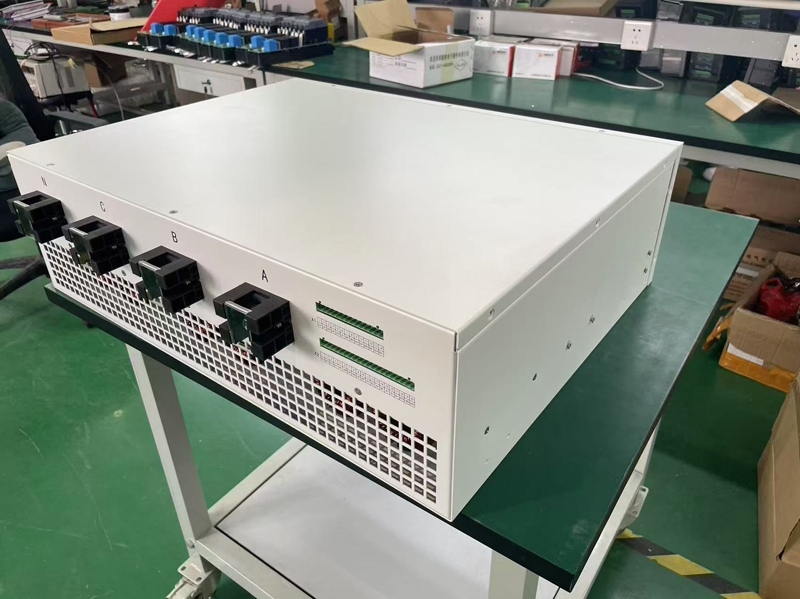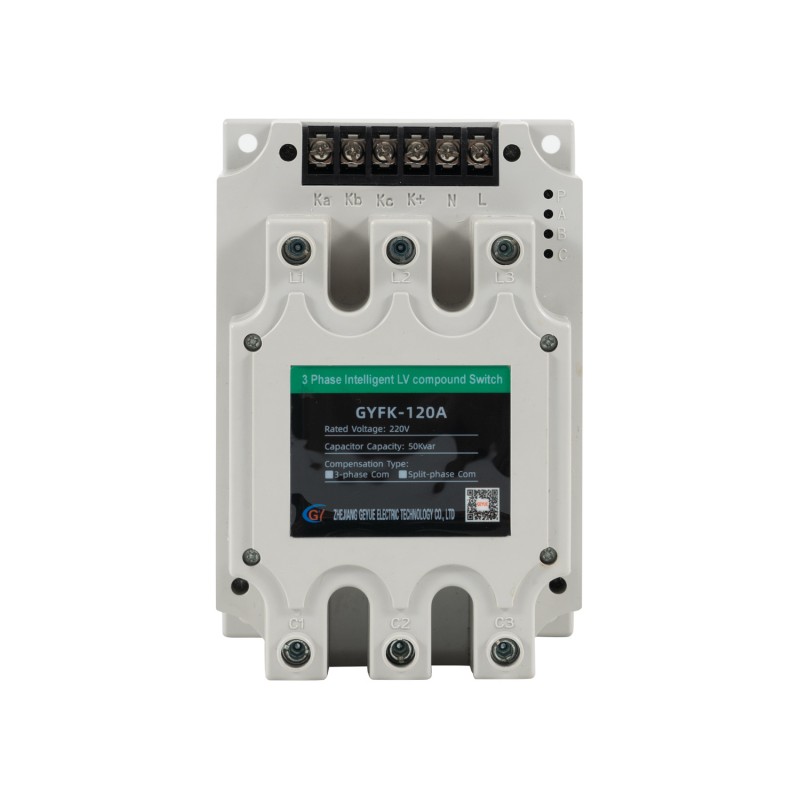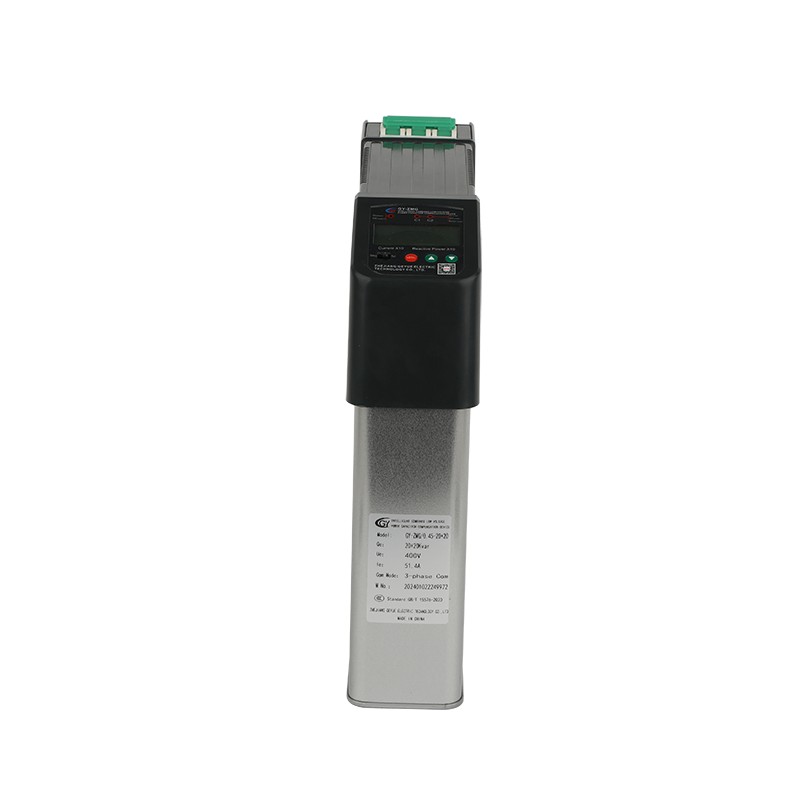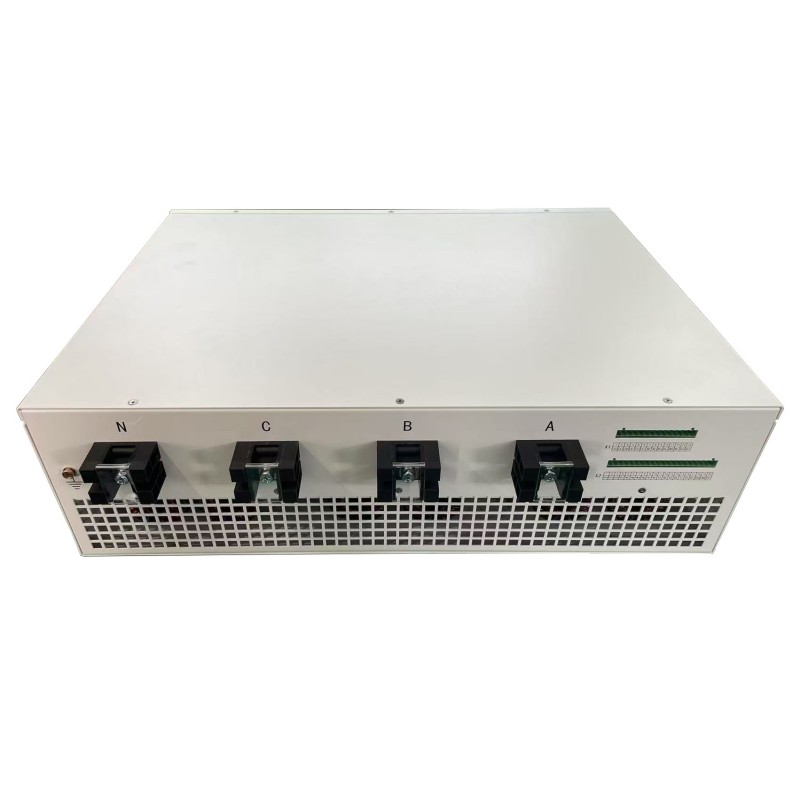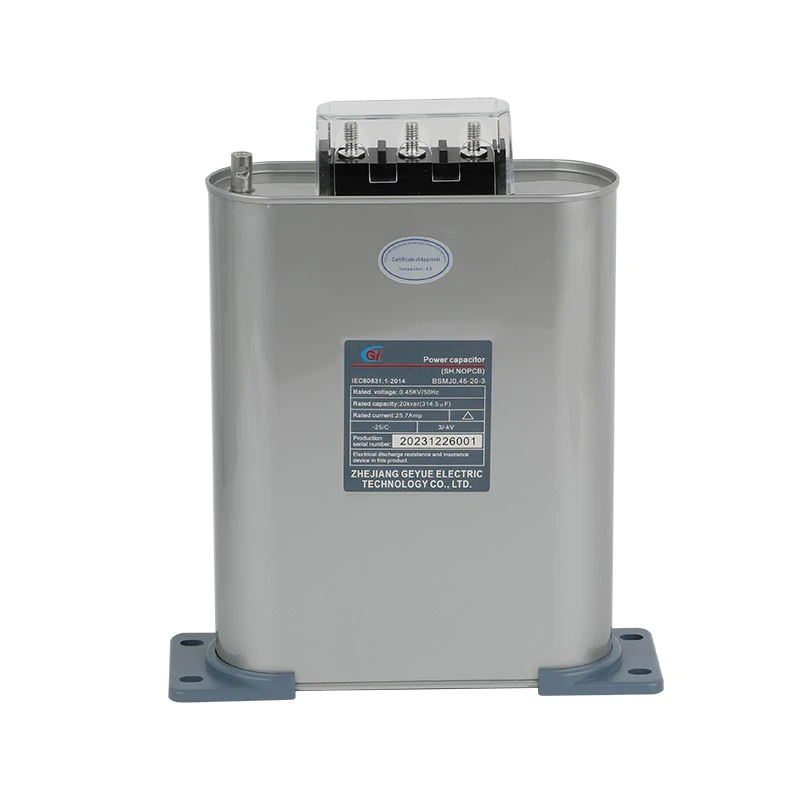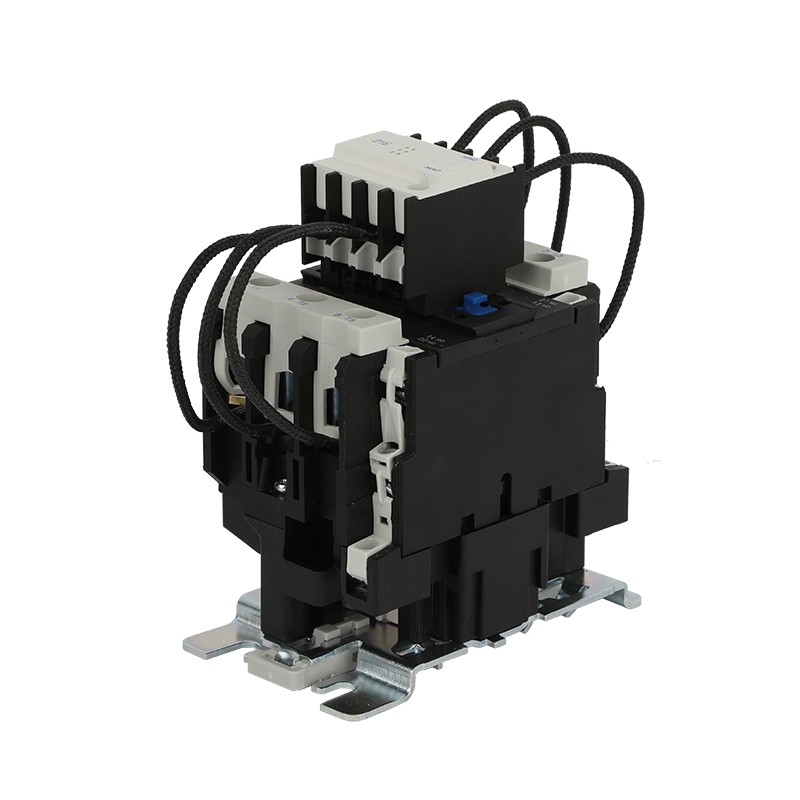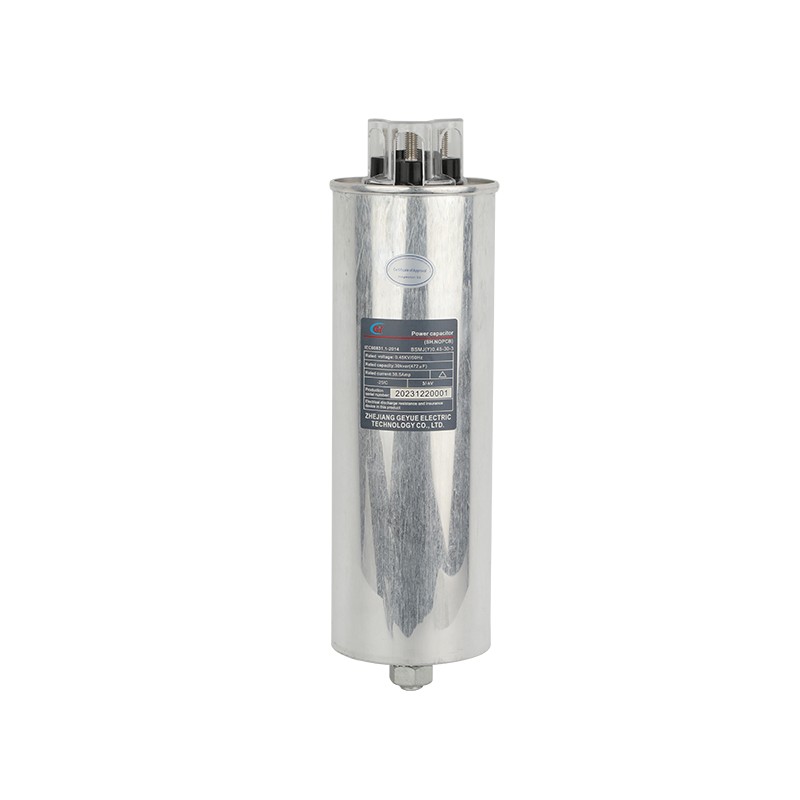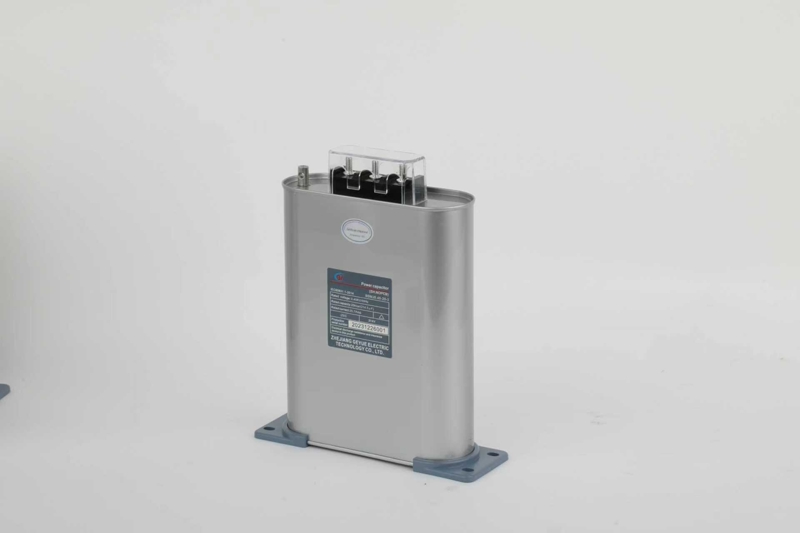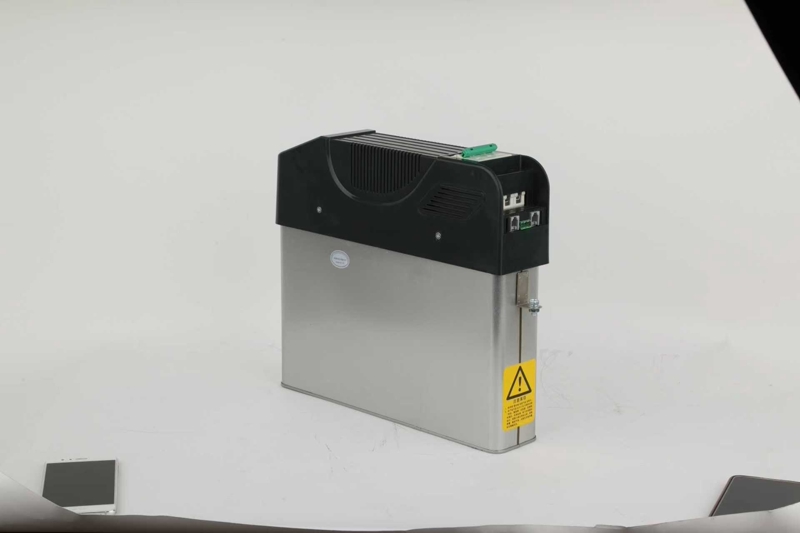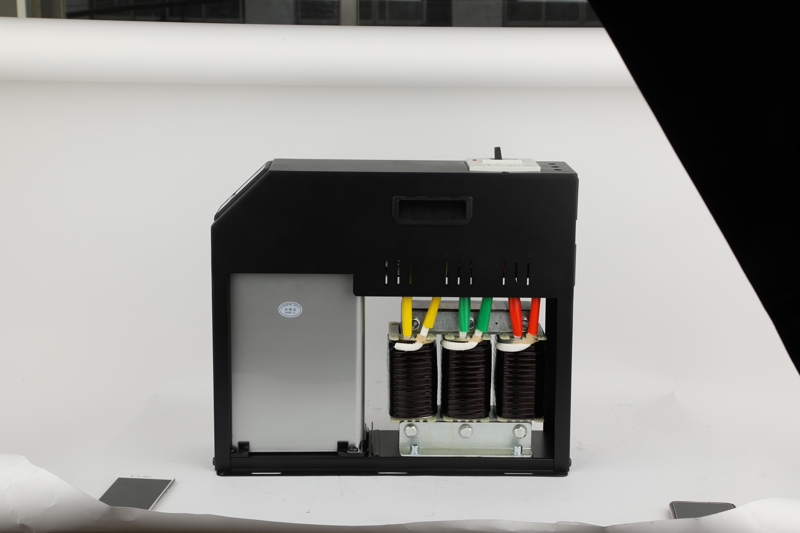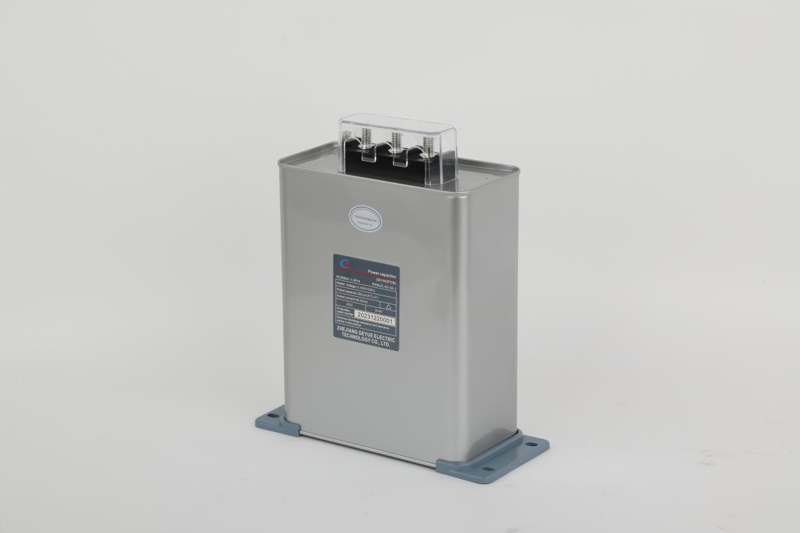What Special Challenges Does Reactive Power Compensation In New Energy Stations Face?
Preface
With the continued rapid growth of renewable energy installed capacity, power grid requirements for the reactive power regulation capabilities of power stations are becoming increasingly stringent. The State Grid Corporation of China's recently revised "Technical Principles for Reactive Power Compensation Configuration in Power Systems" explicitly stipulates that renewable energy power stations must possess dynamic reactive power support capabilities. Actual operational data shows that assessment penalties resulting from insufficient reactive power regulation capabilities have become a significant factor impacting power station profitability. This article will analyze the unique reactive power compensation requirements of renewable energy power stations based on industry-wide trends and introduce proven solutions.
Specialities of Reactive Power Compensation at New Energy Power Stations
The reactive power requirements of renewable energy power stations differ fundamentally from those of traditional loads. Photovoltaic inverters absorb reactive power to maintain operation during power generation, and wind turbines can become reactive loads at low wind speeds. Grid dispatchers require renewable energy power stations to maintain a power factor regulation range of -0.95 to +0.95, with a response time of no more than 30 seconds. In particular, during grid faults, power stations must provide emergency reactive power support to prevent system voltage collapse. These requirements make traditional compensation solutions difficult to meet.
Prominent Issues in Actual Operation
Industry operation reports indicate that assessment penalties resulting from insufficient reactive power regulation capacity account for 3-5% of new energy power plants' revenue. Key issues include: sudden changes in reactive power demand due to clustering of generating units, making conventional capacitor banks unable to keep pace; excessive harmonic content, which accelerates power capacitor aging; and fluctuations in outdoor ambient temperature, which causes capacitor capacity degradation, with a significant drop in effective capacity in summer. These issues directly impact the economic profitability of the power plants.
Our Solutions and Practical Experience
As a long-standing supplier serving the new energy sector, we have developed a series of solutions to address these issues. For large-scale photovoltaic power plants, we utilize a combination of harmonic-resistant capacitor banks and fast-switching switches. The capacitors feature a high-temperature design to ensure no capacity degradation in high ambient temperatures; the series reactors utilize a specific reactance ratio to effectively suppress higher harmonics; and the thyristor switches achieve millisecond switching. This solution significantly improves the power factor compliance rate and effectively reduces harmonic content.
The Effectiveness of the SVG Hybrid Solution
For new energy power plants with significant power generation fluctuations, we recommend a hybrid solution combining SVG and capacitors. In this solution, SVGs provide dynamic reactive power regulation for fast response; capacitor banks provide basic compensation to reduce operating losses; and the system also features harmonic control. Although the initial investment is high, it effectively reduces assessment penalties and offers a reasonable payback period.
Key Technical Requirements and Selection Recommendations
When selecting reactive power compensation equipment for new energy power stations, key considerations include: the equipment should operate over a wide temperature range to withstand harsh outdoor environments; its protection level should meet standards to prevent sand and dust intrusion; the power capacitors should be harmonic resistant and have a low loss tangent; and the SVGs should have low voltage ride-through functionality to provide reactive power support during grid voltage drops. It is recommended to select a supplier with a track record in new energy projects to ensure the equipment has been verified in actual operation.
Operation and Maintenance Management Considerations
The operation and maintenance of reactive power compensation equipment for new energy power stations requires special attention: regularly inspect the capacitors' appearance and measure capacitance changes; keep the cooling system clean to ensure effective heat dissipation; check the tightness of the connectors to prevent poor contact; and record operating data to analyze equipment wear and tear. It is recommended to establish a preventive maintenance system to proactively identify and address potential risks.
Conclusion
Reactive power compensation issues at renewable energy power plants directly impact power generation efficiency and grid security. Selecting appropriate technical solutions can both meet grid requirements and improve plant economics. We recommend fully considering reactive power compensation requirements during the project planning and design phases, selecting proven solutions. We will continue to research renewable energy reactive power compensation technologies and support industry development. Owners seeking technical advice are welcome to contact us for more case studies.
- Can Cylinder Self-healing Shunt Capacitor Become the Ideal Choice for Reactive Power Compensation in Power Systems?
- Can Three Phase Intelligent Low Voltage Compound Switch Achieve Technological Innovation in Reactive Power Compensation of Power Systems?
- Can AC contactors become key actuators in industrial automation control?
- Can Self-healing Shunt Capacitor Become a Key Support for Smart Grid Construction?
- How Can Multifunctional Meter Lead a New Revolution in Energy Management?
- Can Active Power Filters Become the Key to Solving Power Quality Problems?

